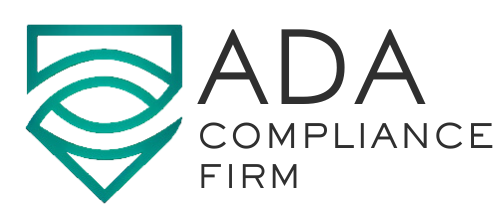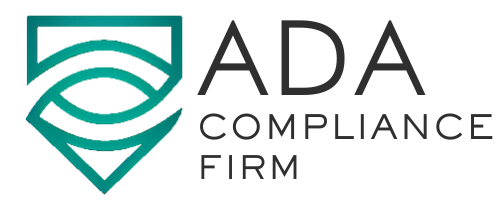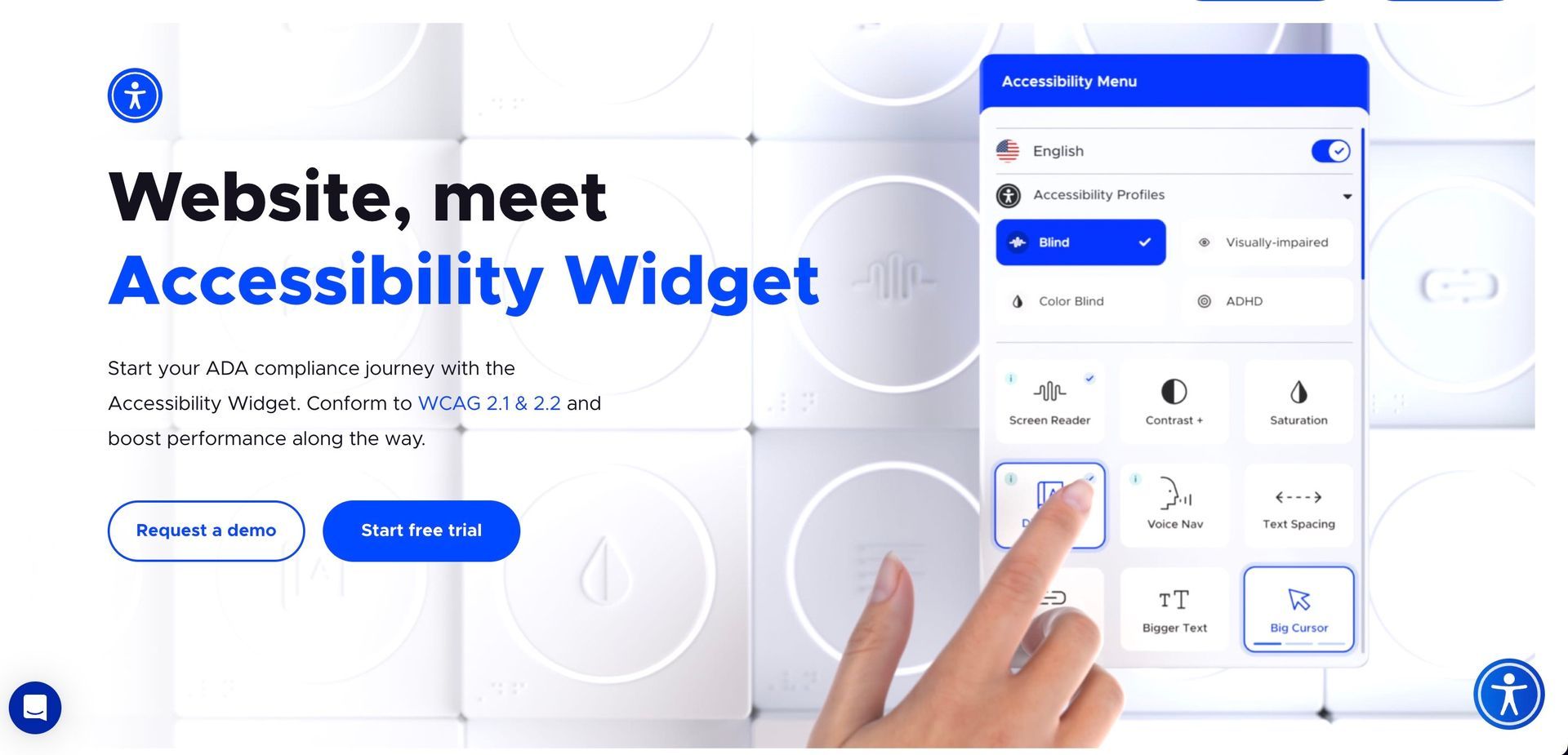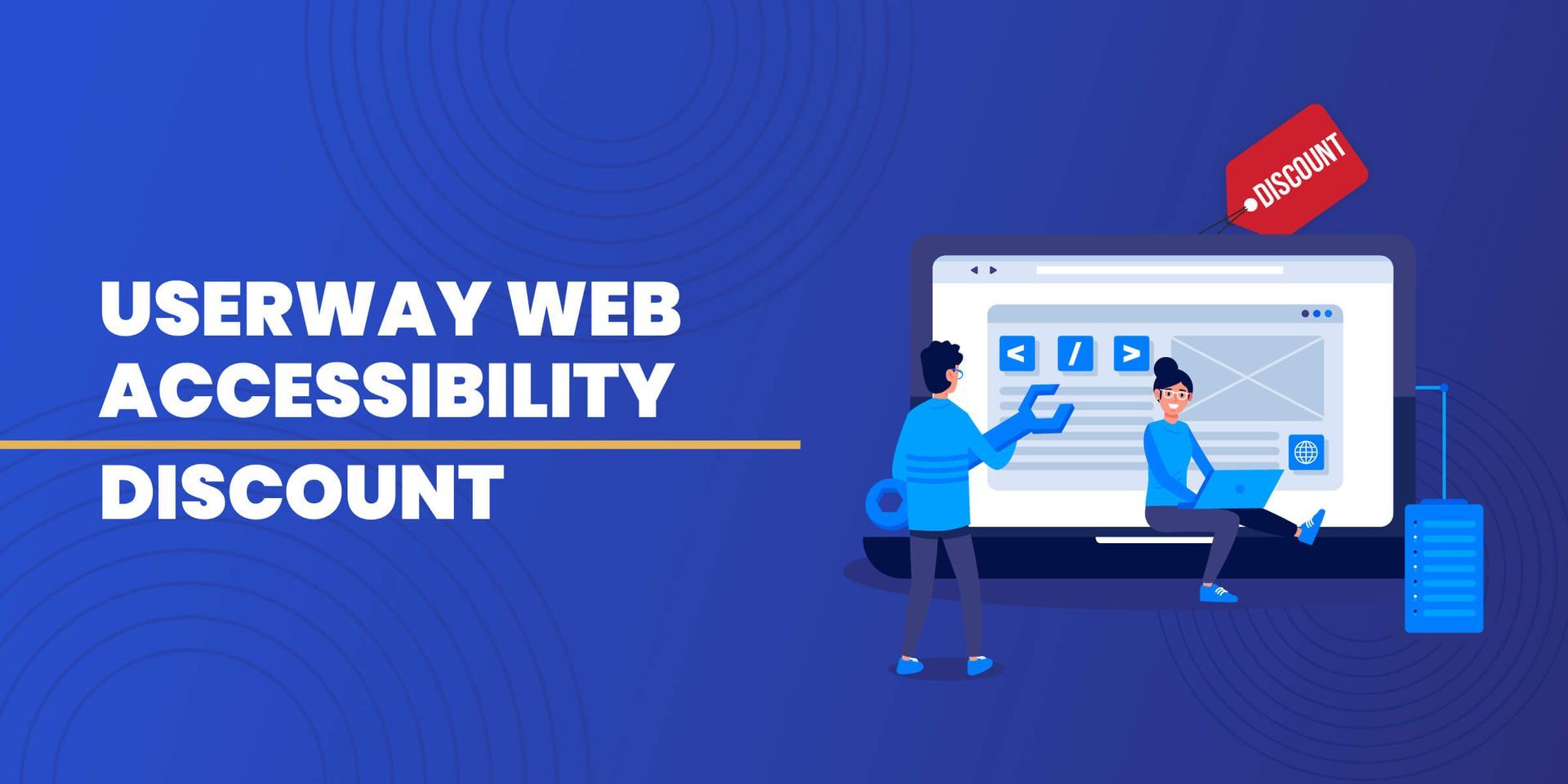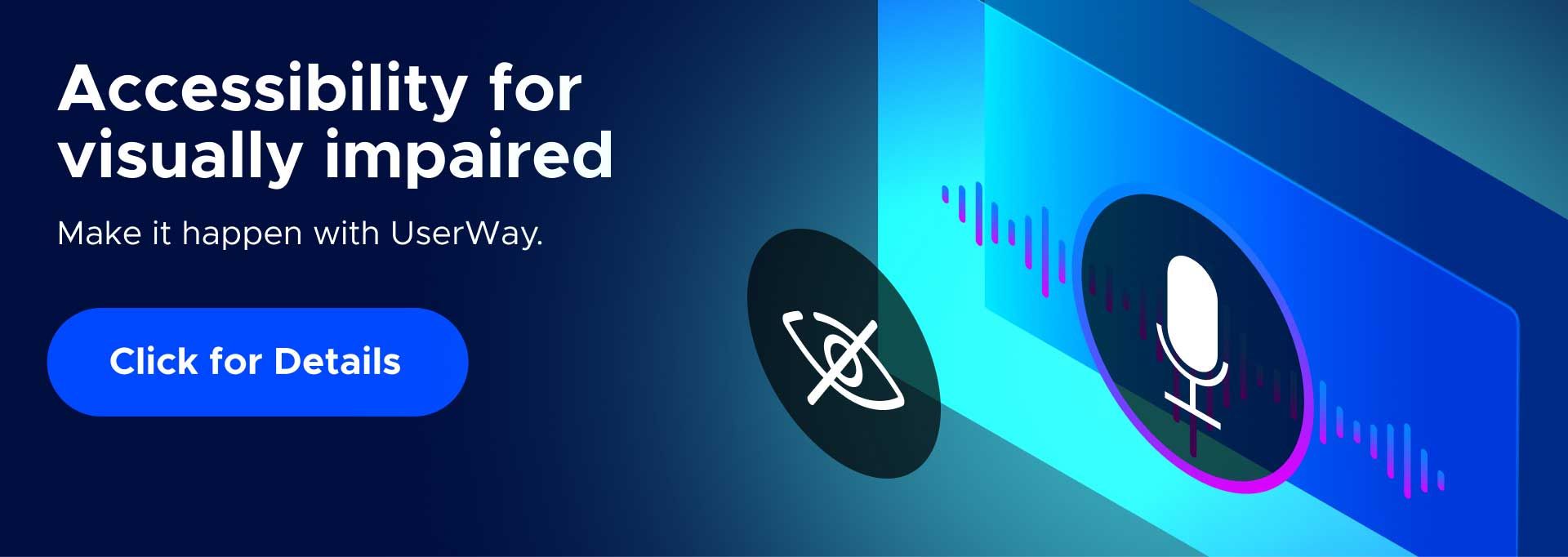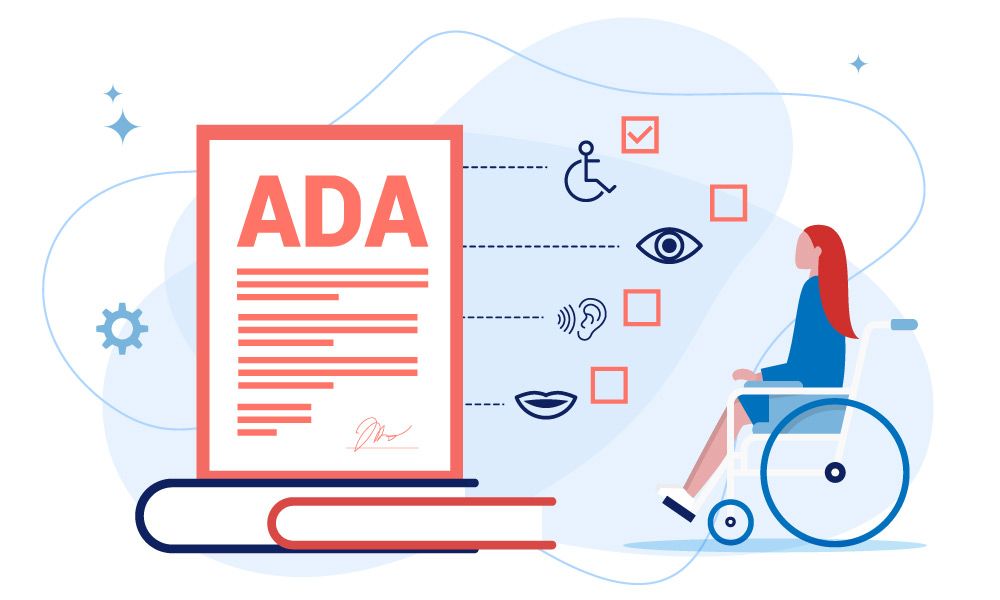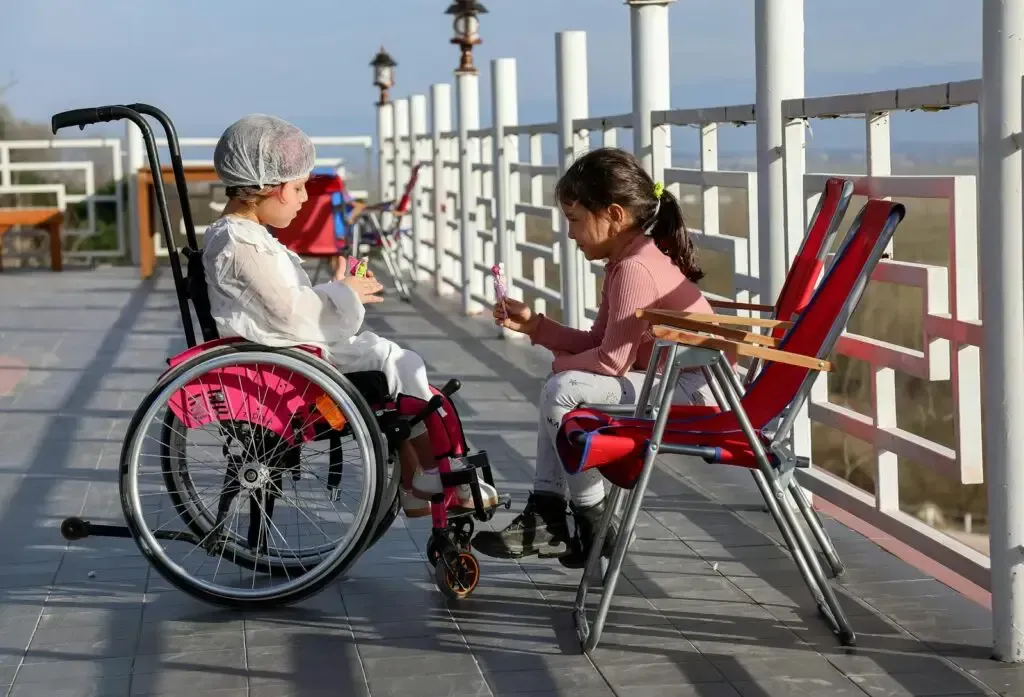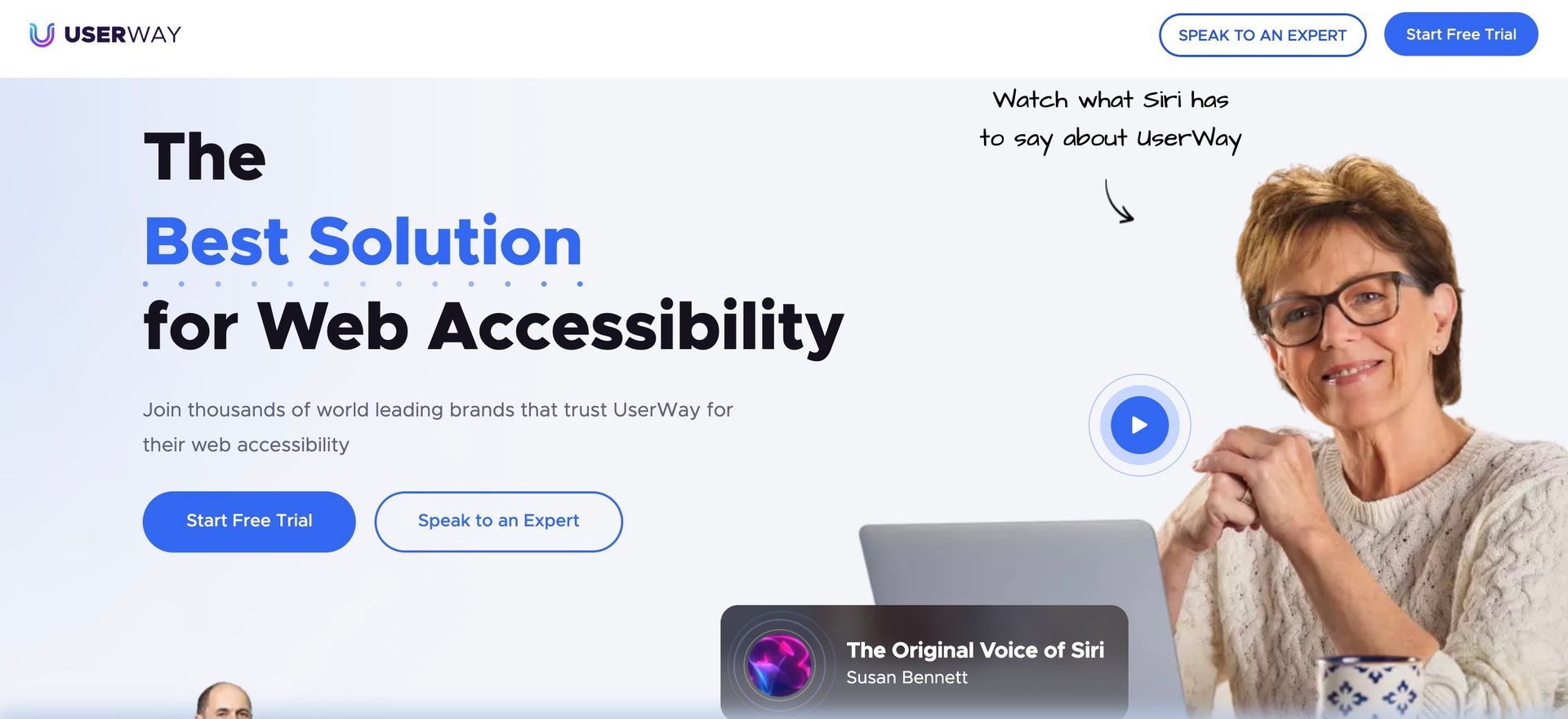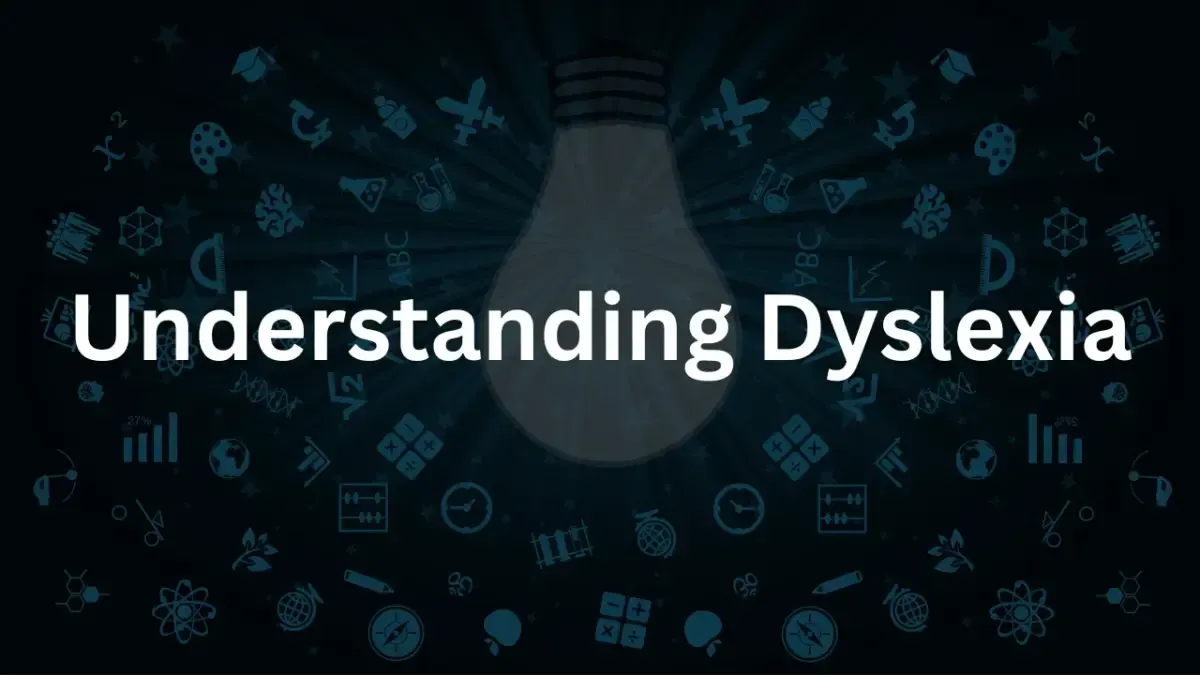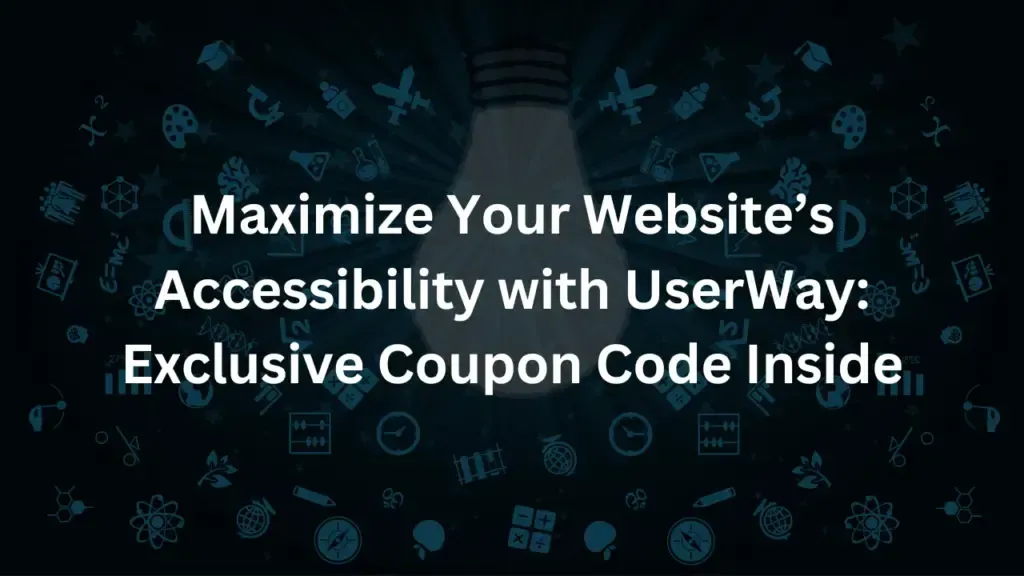Support Systems and Resources for the Blind

Navigating the complexities of life without the gift of sight presents a unique set of challenges that can seem impossible without suitable support systems and resources in place. For blind individuals and their families, access to information, services, and understanding is not just helpful but essential for leading fulfilling and independent lives. Professionals and caregivers also play a crucial role in this ecosystem, often seeking knowledge and assistance to guide and aid those under their care.
In this comprehensive guide, we delve into the myriad of support systems and resources available for the blind community, shedding light on the paths to opportunity, education, and community connection, fostering resilience and empowerment across the spectrum.
Understanding Blindness
The Varieties of Visual Impairment
Blindness is not a monolithic condition but a diverse spectrum of visual impairments, each with its characteristics and challenges. From total blindness or the inability to perceive light to degrees of low vision, which can still provide some visual perception, these conditions affect millions worldwide. Recognizing this diversity within the community is crucial to tailor support effectively.
The Impacts and Adaptations
Visual impairment can impact every facet of an individual’s life, from employment and education to leisure activities and personal safety. Adapting to a predominantly visual world is perpetual, requiring sustained reasoning and advanced problem-solving skills.
Government Resources
Disability and the Support Structure
Federal and state governments offer a robust support system for blind individuals, including financial assistance and comprehensive rehabilitation services. In-depth knowledge of these resources can be the key to unlocking full participation in civilian life.
Navigating Benefit Programs
Accessing disability benefits can be a labyrinthine process, but it is well worth the navigational effort. Programs like Social Security Disability Insurance (SSDI) and Supplemental Security Income (SSI) provide critical financial support to those who qualify.
Vocational Rehabilitation and Training
Government agencies also provide vocational rehabilitation programs specifically tailored to the needs of visually impaired individuals, offering training and guidance to re-enter the workforce or adapt to new career pathways.
Nonprofit Organizations
Pillars of the Blind Community
The contributions of nonprofit organizations to the blind community are immeasurable. These institutions often fill the gaps left by government services, providing crucial support ranging from emotional counseling to practical life skills.
Profiles in Community Support
Notable nonprofits, such as the American Foundation for the Blind and the National Federation of the Blind, offer resources, advocacy, and community building that are the lifeblood of the blind community, connecting individuals to a more extensive network of support and understanding.
Services Beyond Vision
Nonprofits offer services that go beyond visual impairment, addressing the holistic needs of individuals and families. Educational programs, support groups, and awareness campaigns enable a more inclusive and informed society.
Technological Advancements
The Braille Renaissance
Technological advancements have spurred a renaissance in Braille literacy and accessibility. From refreshable Braille displays to dedicated Braille reading and writing devices, technology vastly expands the literacy and connectivity of Braille-literate individuals.
Digital Accessibility
The digital age has ushered in an era in which more information and services are accessible to the blind community than ever before. Some digital accommodations are available for screen readers, magnification software, and voice-to-text applications.
Cutting-Edge Assistive Tech
Innovations like sensory substitution devices, intelligent canes, and AI-powered visual interpretation are at the forefront of cutting-edge assistive technology, promising exciting advancements that could further enhance functionality and independence.
Educational Resources
Schools and Programs
Specialized schools and programs dedicated to the needs of blind students provide tailored curriculums and resources. Institutions like the Perkins School for the Blind and the Hadley Institute for the Blind and Visually Impaired offer transformative educational journeys.
Scholarships and Grants
The availability of scholarships and grants for blind students is expanding, providing them with more significant opportunities and support in pursuing further education. These financial aids alleviate the financial burden and empower blind students to thrive academically and achieve their educational goals. With these resources, blind students can access specialized programs, assistive technologies, and other necessary resources to ensure their success in higher education.
The Role of Online Education
Online courses and resources specifically developed for the blind community provide a remarkable level of flexibility and accessibility, effectively bridging the gap for individuals unable to attend traditional institutions full-time. With these specialized educational offerings, visually impaired individuals can pursue their academic goals at their own pace and convenience, unlocking new opportunities for personal and professional growth. Whether learning new skills, acquiring knowledge, or pursuing a degree, these tailored online resources empower and uplift the blind community, ensuring equal access to education and fostering inclusivity in the digital age.
Support for Caregivers
The Caregiving Journey
For those supporting a blind family member, the journey is profound, requiring strength, patience, and adaptation. Understanding and embracing available resources is crucial to maintaining a healthy caregiving dynamic.
Community and Counsel
Caregiver support groups and counseling services provide invaluable outlets for individuals to share their experiences, learn new caregiving strategies, and receive much-needed emotional support. These supportive environments offer a safe space for caregivers to connect with others who understand their unique challenges and provide a platform for exchanging insights and advice. By participating in these groups and accessing counseling services, caregivers can gain a deeper understanding of their role, enhance their caregiving skills, and cultivate a strong support network to navigate the complexities of caregiving with confidence and resilience.
Promoting Self-Care
Balancing the needs of the loved one with your well-being is a constant struggle for caregivers. Prioritizing self-care and availing oneself of respite services can prevent burnout and ensure a healthier support system.
Conclusion
Recognizing and utilizing the wealth of resources and support systems to assist blind individuals and their families is empowering. By leaning into these avenues of support, we enable a robust and inclusive society where the potential of every individual, regardless of their visual acuity, is recognized and realized. It is not merely about allowing the ‘ability’ in ‘disability’ but crafting environments that foster growth, independence, and community in its most authentic sense. As technology continues to break down barriers and the voices of the blind community grow louder, we’re at a pivotal juncture. It’s one where, together, we can ensure that the path ahead is accessible and rich with the experiences and opportunities that define a life well-lived.
In embracing and celebrating the strengths of the blind community, we expand our collective vision, embracing a world of greater understanding and opportunity. As we champion these individuals and the organizations committed to their welfare, we ensure that the narrative of blindness is one not of limitation but of boundless potential. Let this be our guiding ethos as we journey forward, supporting and enhancing the lives of the visually impaired and their families in every conceivable way.
Join our newsletter
Recent Blog Posts
